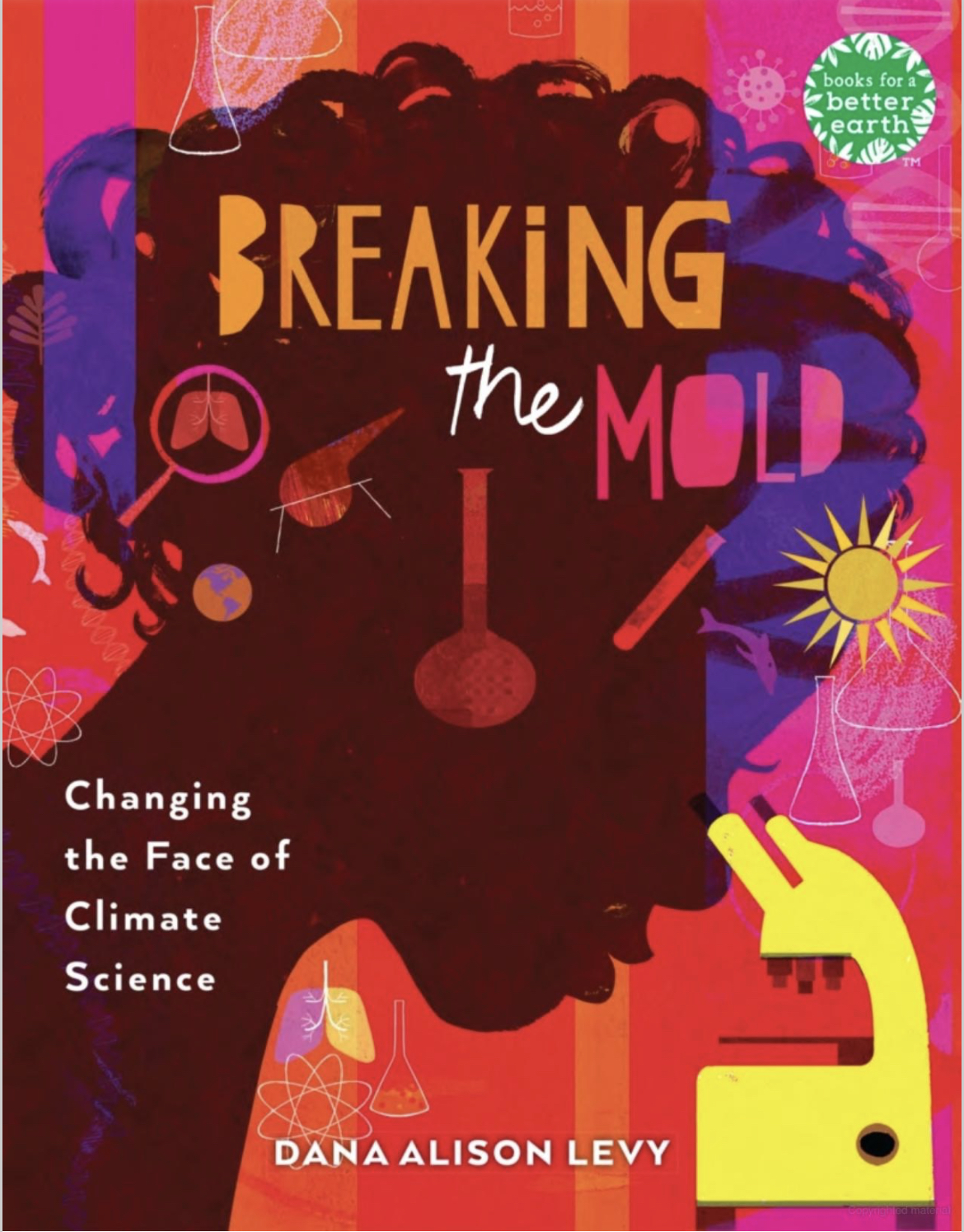Close your eyes and picture a scientist. Was it a white dude in a lab coat, surrounded by test tubes and beakers? If so, you’re not alone. In a scientific study researchers ask children ages 5 to 18 to draw pictures of scientists, and looked at the results across 50 years. In the 1960s and 70s, less than 1% of students drew their scientists as female. By 2016, however, approximately 34% of students’ drawings showed women. But gender is not the only area where diversity in science is important. The stereotype of the white, able-bodied man leaves out many other practicing scientists as well. Disabled scientists, black and indigenous and Latinx scientists , scientists with learning differences, and countless others exist in science who don’t find themselves in the stereotype. And make no mistake, diversity among scientists leads to better science. The greatest threat our species has ever faced is climate change and the way that it is rapidly changing our planet. Weather patterns are more extreme, so that droughts and wildfires are increasing in one area while floods and sea-level rise are happening elsewhere. All around the world, the communities and people who are most affected by climate change are often some of the most oppressed. In order to come up with solutions that will truly help all of humanity, we need all of humanity to be a part of the process.
Comprehension Questions
1. What is the main point of this passage?
A. To scare people about the climate crisis.
B. To instigate rallies.
C. To illustrate that there is a wide variety of climate scientists in the world, and that we will need everybody in order to address this serious problem.
A. Americans
B. Chinese
C. The people who live in communities where there is great oppression.
Your Thoughts
Vocabulary
4. List any vocabulary words below.

